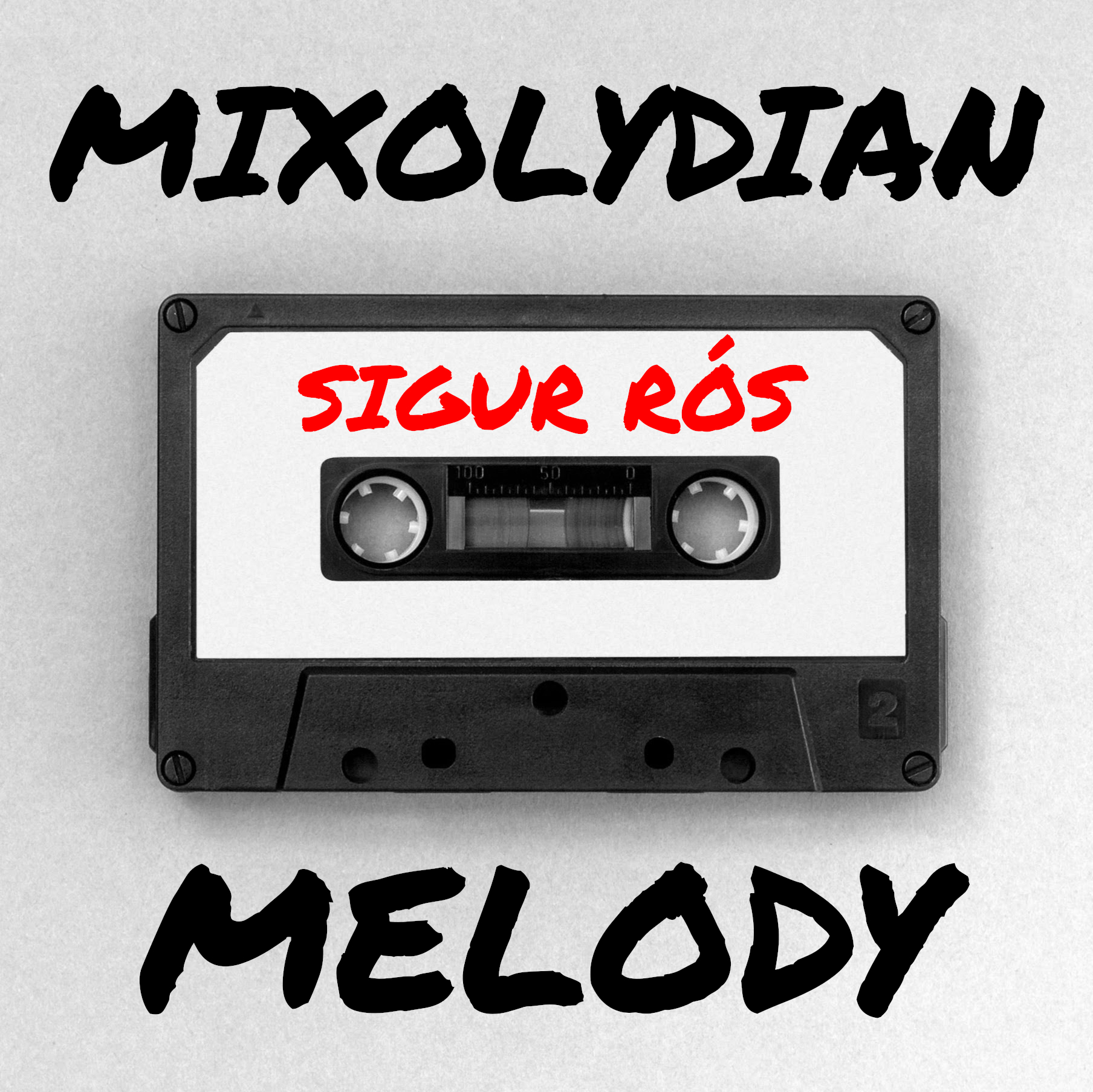How to Write a Mixolydian MELODY
Music in a major key is uplifting, but the downside is that it often sounds childlike.
This is because the major scale is the most predictable scale. Predictable things are comforting and reassuring, so it is indeed used in almost all children’s music. The ease at which children can sing along with melodies in the (predictable) major scale is one reason, but an equally important reason is its innocent and naive sound. This is due to its consonant intervals, but that’s acoustic science, so I won’t bore you.
Here’s the problem so many producers face when trying to make uplifting music: How do you write a song that’s happy but not childlike? Or, far worse than childlike… Cheesy. Urgh! And yes, it’s scary/funny how many songs we hear that were obviously intended to be uplifting, but just ended up sounding cheesy instead.
So how do you make uplifting music that sounds beautiful and mature? Just ask Sigur Rós, as that’s exactly what they did with their song “Klettur”, from the beautiful new album “Átta”. This song has a wonderfully uplifting melody, but instead of sounding like children’s music (or cheese), it sounds solemn.
In case you ask Sigur Rós but don’t get a reply, here’s the answer: their secret is the Mixolydian mode. There’s a few other brilliant tricks they use as well, like the two different ways they deal with tension and resolution, and you’ll learn all these in our 4-step method for writing Mixolydian melodies, which is in our new PDF tutorial. But first… Tea!
Lastly, are you new to music theory? Or are you experienced, but you want a refresher? Then download our FREE BOOK (link opens in new tab). It only takes 30 minutes to read, then you’ll have a solid theory foundation that you can instantly apply to your songwriting and producing. Enjoy!
![]()
Ray Harmony
Multi award-winning college lecturer


 Play
Play
